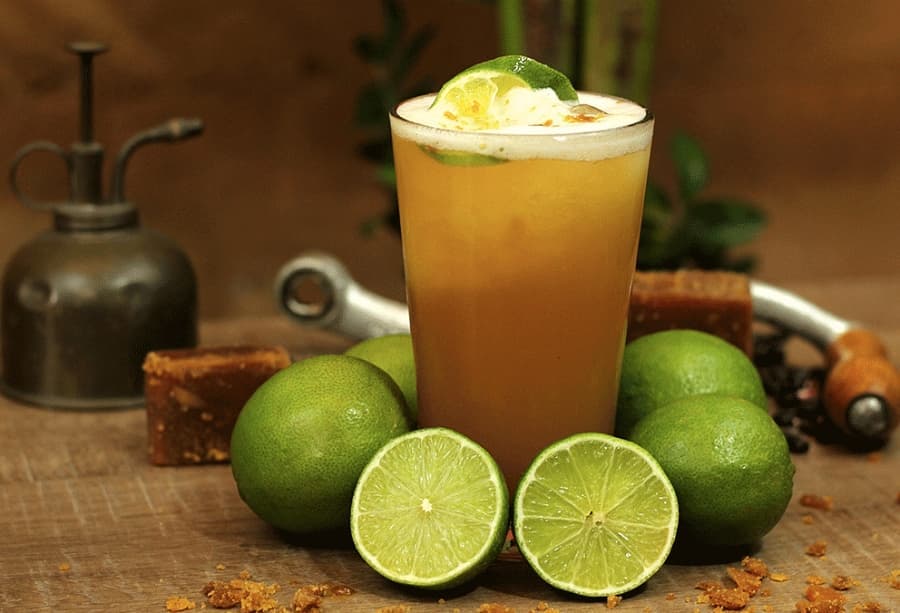
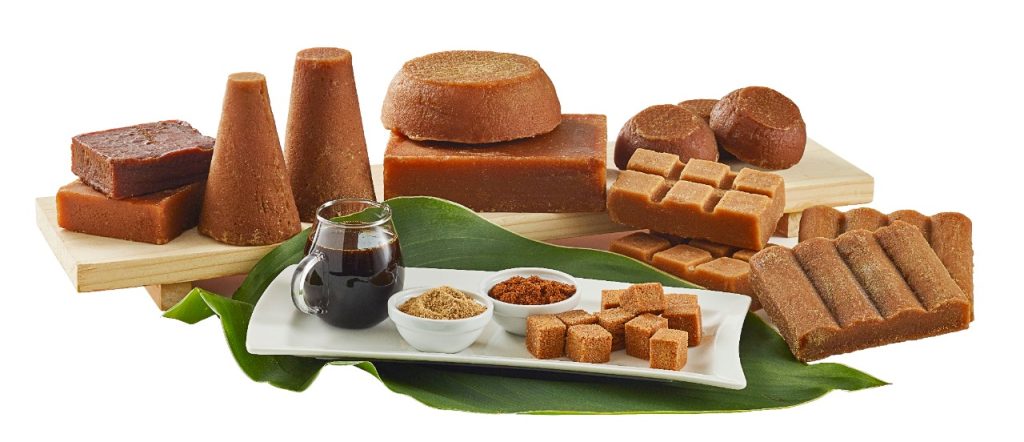
From the work of the peasant hands of strong and enterprising men and women, panela, rich in minerals and vitamins, is produced. In Venezuela it is called papelón, in Mexico piloncillo, in Cuba raspadura, in Ecuador, Bolivia and Peru chancaca.
It is produced from sugar cane, which was introduced in Latin America during the Spanish conquest. In Colombia, sugarcane is grown in warm territories from sea level to approximately 2,000 meters above sea level, in tropical lands where there are no seasons.
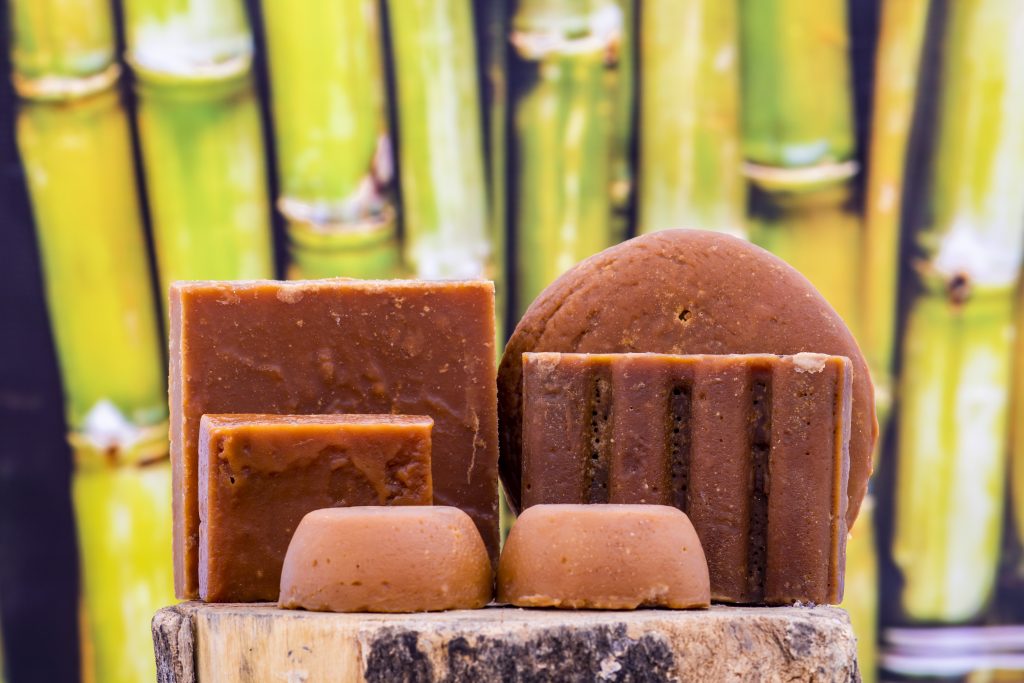
The panela production process consists of the following:
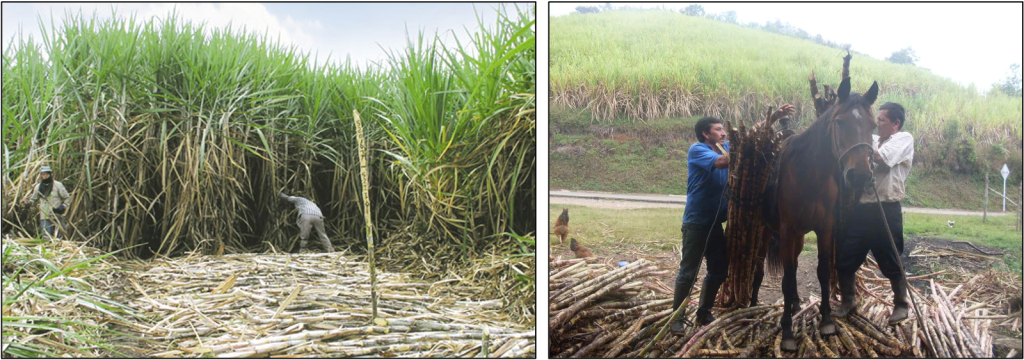



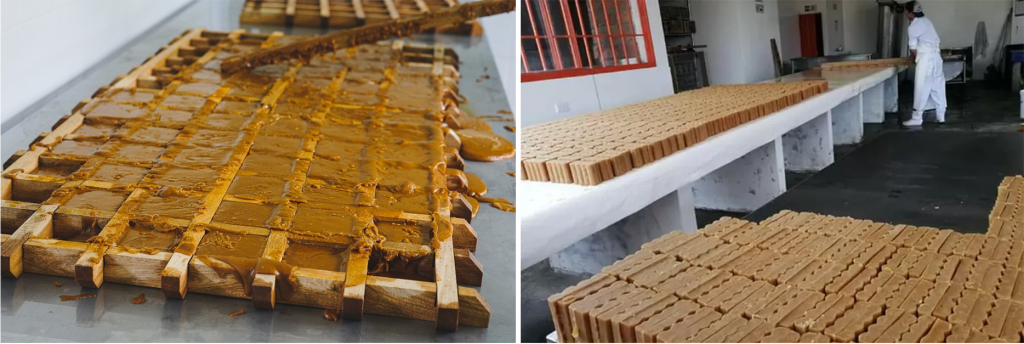
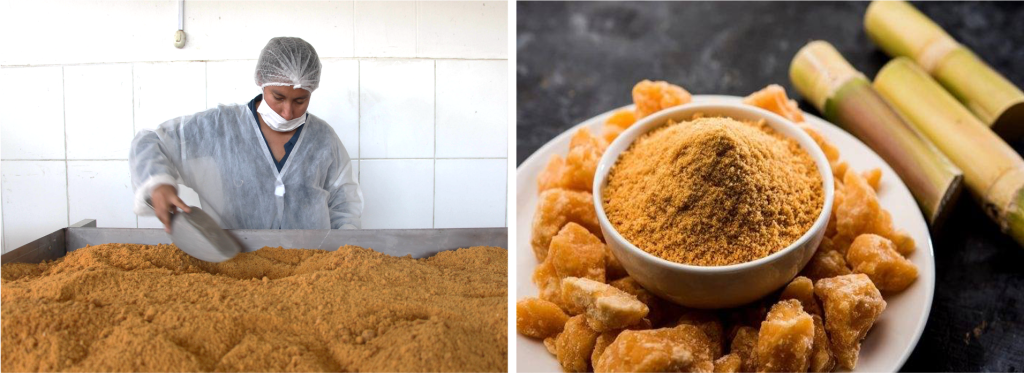
This is how the panela is ready to be marketed.
Colombia is the second largest producer of panela worldwide with 16% of the market after India.
It is consumed in many ways, mainly to make panela water. Panela water is prepared by boiling water and adding a quantity of panela to taste (depending on the desired sweetness) and letting it boil. In this way, it remains as a hot drink or can be left to cool for later consumption. You can also add lemon, prepare it with ginger, and if desired, make a hot cocktail by combining it with a shot of aguardiente to make a delicious canelazo.

Nowadays, the new generations of chefs of contemporary Colombian cuisine include panela for various preparations of dishes such as beef tenderloin in panela and honey sauce or sweet and sour pork ribs in panela sauce, among other preparations.

In summary, panela has historically been consumed in Latin America for more than 500 years and since its beginnings it has been consumed as a beverage, but today it has reached the level of haute cuisine, and the social position of panela has changed over time. At first, it was always considered as a food of the people, since the Spanish colony and until today in a country where there have historically existed social strata, panela was considered as a food for consumption by people of lower strata because its sale price is economic, so low-income families fed their children with panela, but this has changed, thanks to campaigns such as the one conducted with the champion cyclist Nairo Quintana: LA VIDA SABE A PANELA. . And thanks to the social repositioning of panela as a symbol of Colombian identity, as is coffee, as well as the recognition of its medicinal properties, since it has healing properties, contains minerals and natural vitamins, gives energy, helps the respiratory system and above all is satiating and nutritious.
In this way, the context of panela today gives it an important status and is recognized as an ingredient for renowned chefs in the country.
Travel to Colombia, get to know panelero territories, and taste panela in its different preparations
If you want to know more about the production process of panela, click on this video DISCOVER THE MAKING OF COLOMBIAN PANELA SUGAR